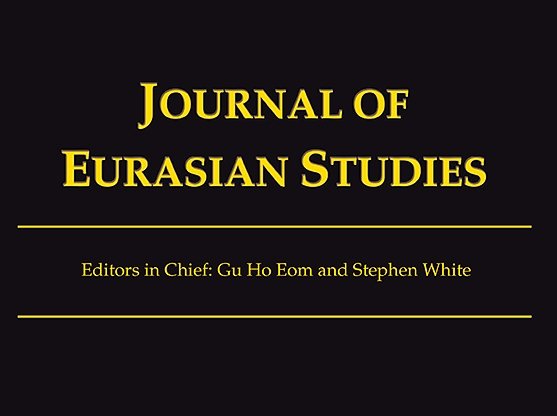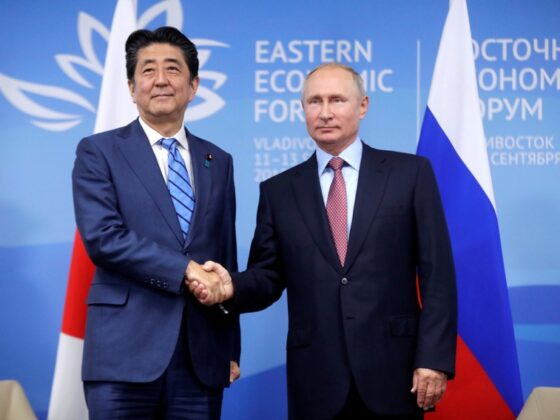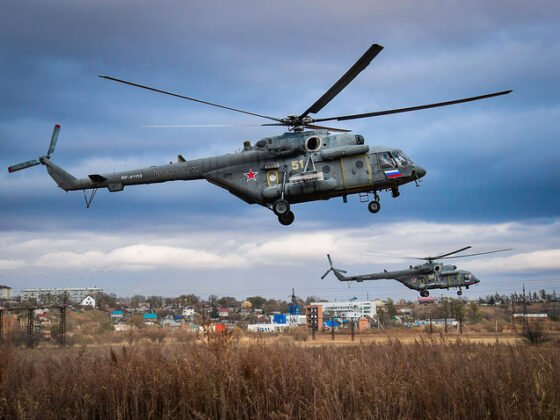(Journal of Eurasian Studies) Abstract: This article examines U.S. policy toward the supercontinent of Eurasia from the collapse of the Soviet Union to the present. The baseline for U.S. policy was established in 1992, the prevention of a peer competitor emerging in Eurasia. The initial focus for ten years was on assistance to promote Russia’s transition to becoming a market democracy while simultaneously hedging against the return of a revanchist Russia through promotion of expansion of NATO and the European Union.
The 9/11 attack in 2001 shifted the attention of the Bush Administration to the War on Terror with the United States military getting bogged down in two wars in Afghanistan and Iraq. The Obama Administration sought to end both wars and withdraw U.S. troops with mixed success. In 2011/2012 with growing concern over China’s more assertive policy in East Asia, U.S. foreign and security policy aimed to put more military, economic, and diplomatic resources toward East Asia. These efforts, however, were distracted by Russia’s aggression in Ukraine, the civil war in Syria, and the emergence of ISIS.
Almost in the background over this quarter century, a far more significant phenomenon has been developing – the reconnection of Eurasia. With the rise of China, India and Russia, as well as the emergence of middle powers including Turkey, Iran, Pakistan, Indonesia, and others, the Eurasian supercontinent is being “rewired” economically, politically, and strategically. China’s Belt and Road Initiative (BRI) has garnered the most attention, but virtually every state – large, medium, and small – are adjusting their national interests and foreign policies in a very fluid environment. To date Washington has struggled to grasp the breadth and depth of change and failed to develop its own strategy as well as allocate adequate analytical and policy tools to advance U.S. interests.
Read More © Journal of Eurasian Studies (open access)











